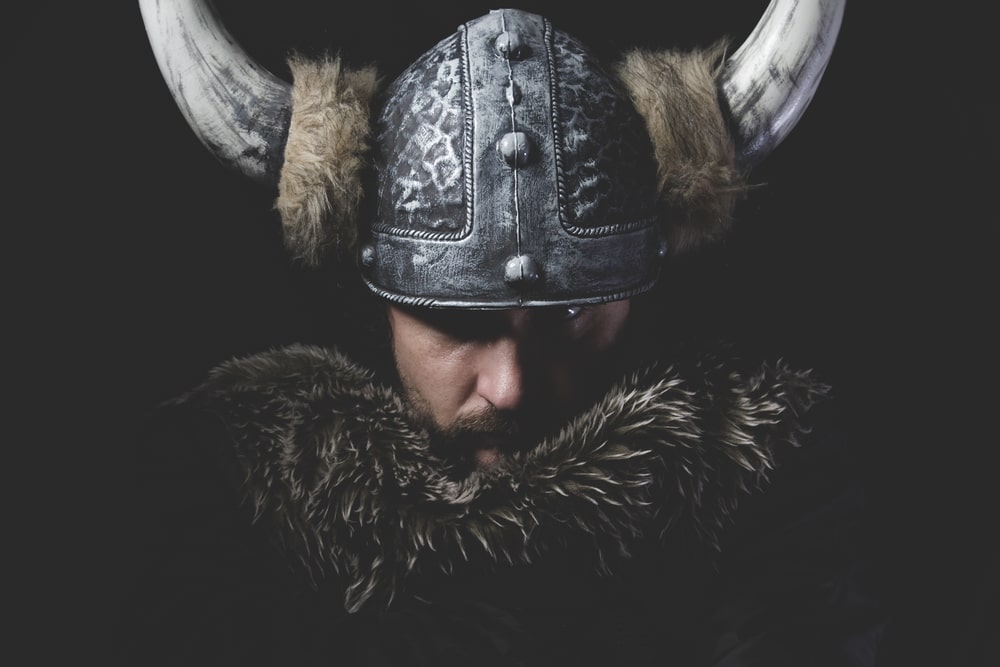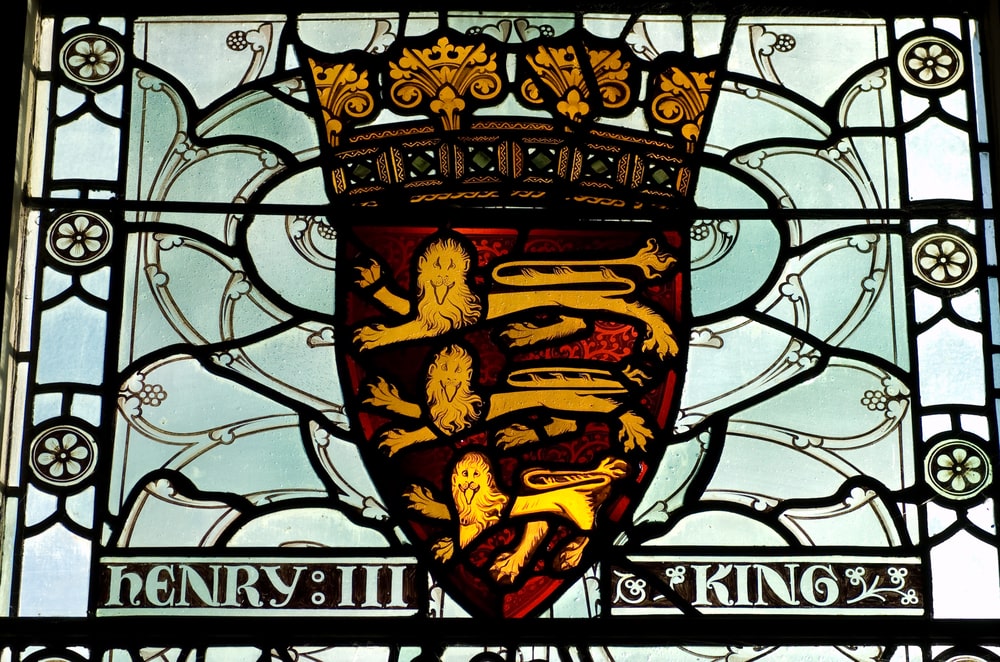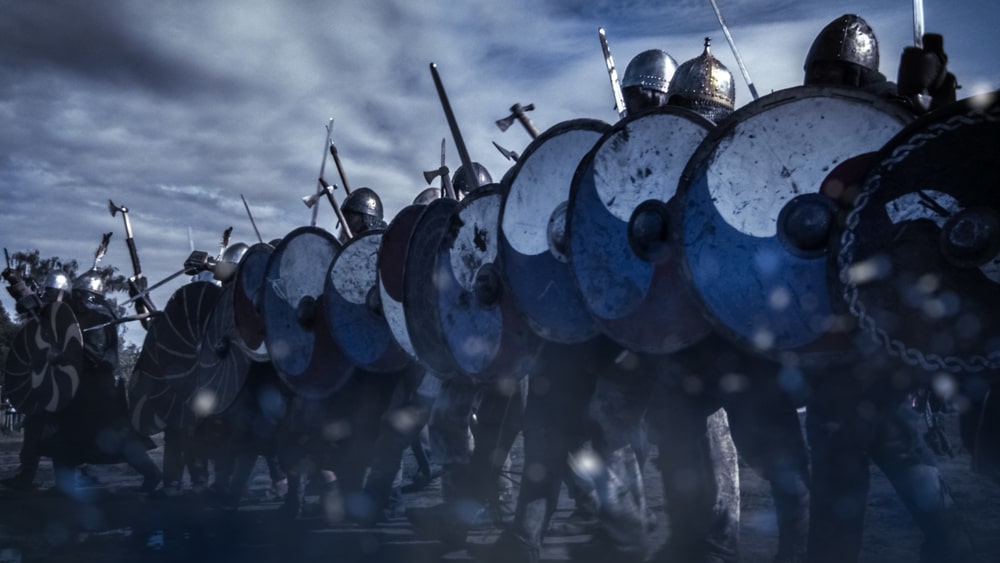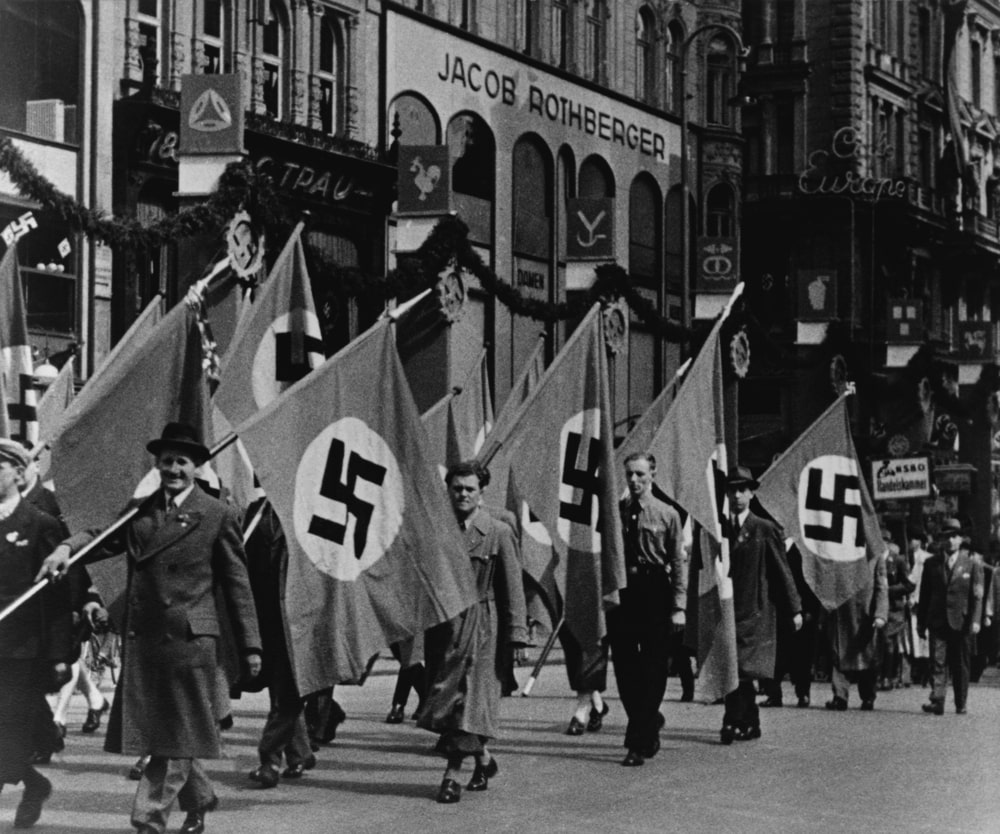These Middle Ages facts are guaranteed to leave you speechless!
The world is a big place, and if we look at it through historical lenses, it will seem even bigger. Because of this, it is really easy to lose sight of the timeline, misplace historical events, or completely forget about them. These Middle Age facts will show you that it is not all about Europe.
Numerous events took place in all corners of the world during that time, and we want to tell you everything about them. Also, timelines can be quite confusing. For example, the planet Uranus was discovered before Antarctica. Mind-blowing, right?
It is easy to say that all of the big discoveries and key historical events are tied to Europe, but it would be a shame not to mention some events that we truly consider unfairly overlooked.
Ready for some eye-opening Middle Ages facts that will surely change your perspective about time and history?

1. The Vikings settled in North America prior to the Christian Church’s split
The Newfoundland island became the home and place where Scandinavian explorers founded a colony known as L’Anse aux Meadows circa 1020 AD. This is a Viking settlement that is now known as the oldest European community in North America.
The Scandinavians were great adventurers, and they explored lands far beyond Western Europe. Their journey crossed the Mediterranean Sea and reached the Holy Land. Later, they also arrived in parts of present-day Russia, Belarus, and Ukraine.
While the Norse explorers were occupied with all of this exploring, the Christian Church was facing an unmatched crisis. The relations between the pope in Rome and the patriarch of Constantinople were getting more and more tense because of disagreements over theology, authority, and liturgical practices.
By 1054 AD, Pope Leo IX’s attempts to impose Latin practices and the Catholic Church on the Greek Christians failed due to the opposition of Michael Cerularius, the patriarch of Constantinople.
The pope excommunicated Cerularius in July, and this is how Christianity was split into two groups. Roman Catholicism continued to flourish in the West, while Greek Orthodox Christianity took over in the East.
This is one of the Middle Ages facts that puts things in perspective and allows you to see further than the main events of history.
2. While Europeans created the printing press, the Inca built Machu Picchu from scratch
The printing press was a revolutionary invention that changed the game of disseminating information. It was created in Europe in the mid-15th century by Johannes Gutenberg. It is true that the Chinese people used movable-type printing long before that, but the Gutenberg press was better at reproducing books.
Here is one of the most amazing Middle Ages facts: while this was happening in Europe and people were getting access to the Bible, books, and pamphlets, the Inca were building Machu Picchu. This massive complex is located in the Andes Mountains, and before arriving there, you have to go through the rainforests of South America. So, it is not an easy way to get up there.
The construction of Machu Picchu took place around 1450 CE, and the most incredible thing about it is that the Incas had no access to the wheel, a written language, steel, or iron, but somehow they still managed to build one of the most marvelous structures in this world.
3. Mansa Musa shook up the Egyptian economy, while Italian city-states battled over a bucket
Mansa Musa ruled the gold-rich Mali Empire between 1312 and 1337, and he died at the beginning of the Hundred Years War. When his reign started, he had a great advantage and was able to expand the empire into western Africa with the help of all the resources available, mainly salt and gold.
The world knew Mansa Musa as one of the richest guys in the world, and he was not shy about putting his wealth on display. For example, one time he took a pilgrimage to Mecca in 1324, and he was accompanied by people in fancy clothes and 80 camels that were carrying gold dust.
When they arrived in Cairo, things got a little out of hand because Mansa Musa managed to bring in so much gold that the economy was messed up for years to come. This happened because this amount of gold depreciated.
But while all of this was happening in Egypt and Mansa Musa was literally throwing around gold, two of the biggest Italian cities were fighting over a bucket. This is known as the Battle of the Wooden Bucket and took place in 1325, when Bologna and Modena were in conflict because of the tensions between the imperial and papal factions.
The story goes like this: People from Modena stole the bucket that was used by the Bolognese people to retrieve water from the well, and as you would expect, Bologna demanded it back. They refused, and this is how a 12-year war began.
This is one of those Middle Ages facts that show us the real differences that existed in the world. People tend to see Europe as a rich place where technology evolved, but things were not always like that.

4. As Henry III faced land losses in France, the Mongols took over Baghdad
It was 1259 when King Louis IX of France and King Henry III of England decided that they must end their feud, and to facilitate this, they signed a treaty that had the role of ending the dispute between the two kingdoms.
But as you’ve probably expected, things didn’t go well, and the future wars between them, including the Hundred Years’ War, are a clear indicator of it. But the Paris treaty made some things official: England lost some land (Maine, Touraine, Normandy, Anjou, and Poitou were given to the French). Henry still managed to keep Bordeau, Bayonne, and Gascony, but they were still under French control.
But the Middle Ages facts that we present today tell us that while this back and forth between England and France was taking place in Europe, across the continent, another kind of power shift was happening.
In January 1258, the Mongols, led by Hulagu Khan (Genghis Khan’s grandson), began a siege of Baghdad. It lasted two weeks, and on February 10th, the city fell, ending the rulership of the Abbasid dynasty.
Why is this such a huge event and one of the most important Middle Ages facts? Well, during that time, Baghdad was the center of Islamic culture and learning, and the destruction of it meant the destruction of numerous schools, libraries, and cultural institutions. It also marks the end of the Abbasid Caliphate, one of the most powerful Islamic dynasties that ruled for more than 500 years.
As you can see, this era was a time of spectacular contrasts. Grand empires rose and fell and new technologies were born, but at the same time, a simple bucket was able to start a long-lasting war.
The Middle Ages facts we explored here show a world full of surprises, reminding us that history is never a one-sided story. There is more to see and explore, and this is why we encourage you to keep learning and discovering new things every day.
If you want to learn more about medieval Europe, this book might be a good choice: Medieval Europe
You should also read: 8 Jaw-Dropping and Long Gone Ancient Technologies We Can’t Use Anymore





